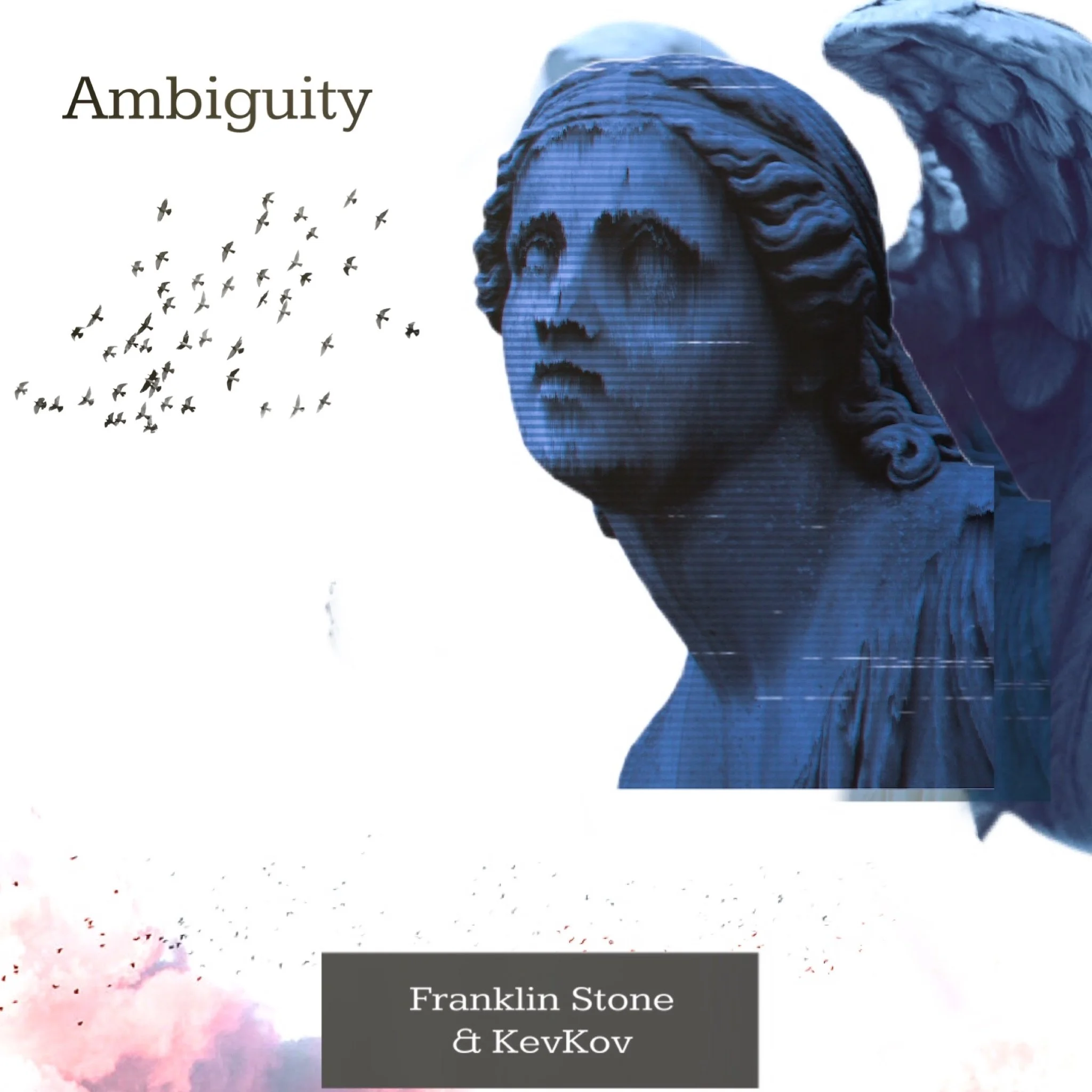Overlooked Factors of Gaining a Following: Accessibility & Perception
There are four principles of marketing music that are often overlooked by new artists when trying to gain a fanbase:
Accessibility: Getting your music heard
Accessibility: Branding/Aesthetic
Perception: Proof of Work Ethic
Perception: Social Proof
In this article we will explain them, and how they help bring attention to your music from new listeners.
Accessibility: Getting Your Music Heard
By far the most important factor of building a following is not only having a product for people to listen to, but getting the music in front of them. No matter how “good” or “bad” your music is, someone will like it, so the more people that hear it, the more people that will like it. Also, the more people hear the music, the more they will like it. Marketing is a game of numbers and repetition.
Think of a commercial for any product or brand you can imagine. They pay millions of dollars to be placed in a prime time slot, but why? The companies know that that is the time in which most people are watching and will see their product. Once it’s in front of them, especially for music, the product will speak for itself.
Now think of the most annoying commercial you can imagine. What do you hate about it? Well, it doesn’t matter, what matters is that you remember it. This is a tactic used to make you retain the commercial and potentially try the product. Of course, if you hate the commercial, you probably won’t buy the physical product or service, but with music the product is already in front of the user. So if the music is “bad”, but someone hears it enough, they will retain the music in memory. What’s more is that eventually, they will convince themselves that they actually like it.
For details on how to get your music heard, we explain in greater detail in our Music Marketing 101 series, where we discuss the pre-release, release day, and post-release stages of promoting music for independent artists.
Accessibility: Branding/Aesthetic
Ambiguity EP - November 12
Branding is a different degree of accessibility, it’s about whether or not the listener can see and agree with your style. There are two different areas of branding and aesthetic: visually and sonically. We will focus on the first, since music is subjective and how you sound affects people differently. The idea behind branding that we will talk about here is visual consistency.
Visuals, especially to the younger generation, are almost as important in making a good impression as the quality of your music. YouTube is still the biggest music streaming service, especially if you factor in the videos that accompany the music. People like to see creativity as well as hear it.
Videos don’t necessarily contribute to branding though, unless you’re referring to the consistency in the quality of them. Branding goes way deeper. It consists of how you set up your artist profiles including picture quality and themes, colorways, and quality of your cover arts. Having professional caliber pictures and cover arts goes a long way in creating a good first impression. In his journey to over a thousand Spotify followers in three months, Franklin Stone has taken this part of the process seriously, matching the colorways of his profile and gallery pictures to his cover arts. While not necessary, it unconsciously signals to the new listeners the song or project that he’s focusing on at the moment.
Perception: Proof of Work Ethic
When we say, “proof of work ethic,” we’re not referring to musical output. You could put out a thousand songs and still could have zero following. What we mean is that you care enough about your music to find ways to promote it, or take the time to set their profile up properly. Many artists take a grainy selfie with they’re phone to use as a profile picture or don’t even have a bio, showing no personality at all. Even if having these things don’t convince users to listen to the music, it at least gives them a reason to linger on your profile, increasing the chances that they will listen. There is no definitive way to brand yourself or set up your profile. It is that you put in the effort or capital to make it look professional that really counts and can go a long way in securing followers.
Perception: Social Proof
Social proof is essentially defined as a physiological phenomenon where people copy others in order to say they’ve participated in the popular behavior. This is why commercials have people giving testimonies and why everyone tried a Popeyes chicken sandwich. I’m music, this breaks down to people seeing how many follows, subscribers, and likes you have and wanting to see why you have that attention.
We’ve saved this one for last because this is an article about gaining followers, and many of you are looking to take the first steps, but it is an important concept to understand. It doesn’t just refer to visual stats but behavior of the people in the potential listeners’ lives. The best marketing tool will always be word of mouth, because people associate with people that they either have things in common with, or trust their judgement.
If you can get one person to be a fan, they can convince another to become a fan as well. We address the value of one fan in a previous article in more detail, but essentially one grows into two, which grows into four, continuing until you have a devoted following. Social proof is a form of proof of concept. It shows potential listeners that you are capable of getting fans, so you must offer something of value.


